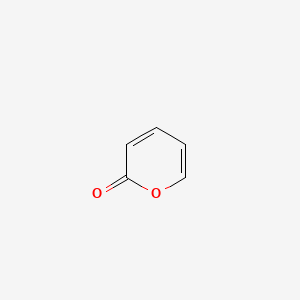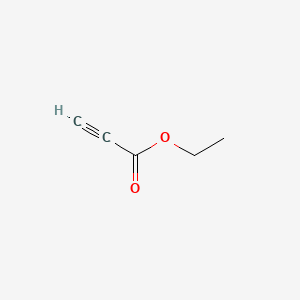The paper which describes the synthesis of this drug was not given on the Chemistry By Design website, which was used as a source for this information.The synthesis of Prasurgel consists of three main steps, with a subsequence which is used to synthesize one of the reactants. The first reaction is shown below:
This reaction is an esterification, which we have discussed in class. This is followed by the second reaction:
(Chemistry By Design). This is a standard nucleophilic substitution reaction. The mechanism of this step involves the removal of the hydrogen atom from the nitrogen, which results in the nitrogen atom being negatively charged and a good nucleophile. Thus, when the bond between the halogen, chlorine, in the reactant the nucleophile forms a new sigma bond replaces the halogen (Smith, 2011). The reactant which is used in this second step is not commercially available. Therefore, it is synthesized using a subsequence which is summarized below:
Finally, there is a third and final step which is summarized by the figure below:
This reaction forms a ketone with the use of pyridine, which we have also discussed in class (Chemistry By Design).
Sources:
Effient (prasurgel). Chemistry By Design. http://chemistrybydesign.oia.arizona.edu/app.php
Smith, J. G. Organic Chemistry, 3rd ed.; Mc-Graw Hill: New York, 2011.
.jpg)
.jpg)








.jpg)






